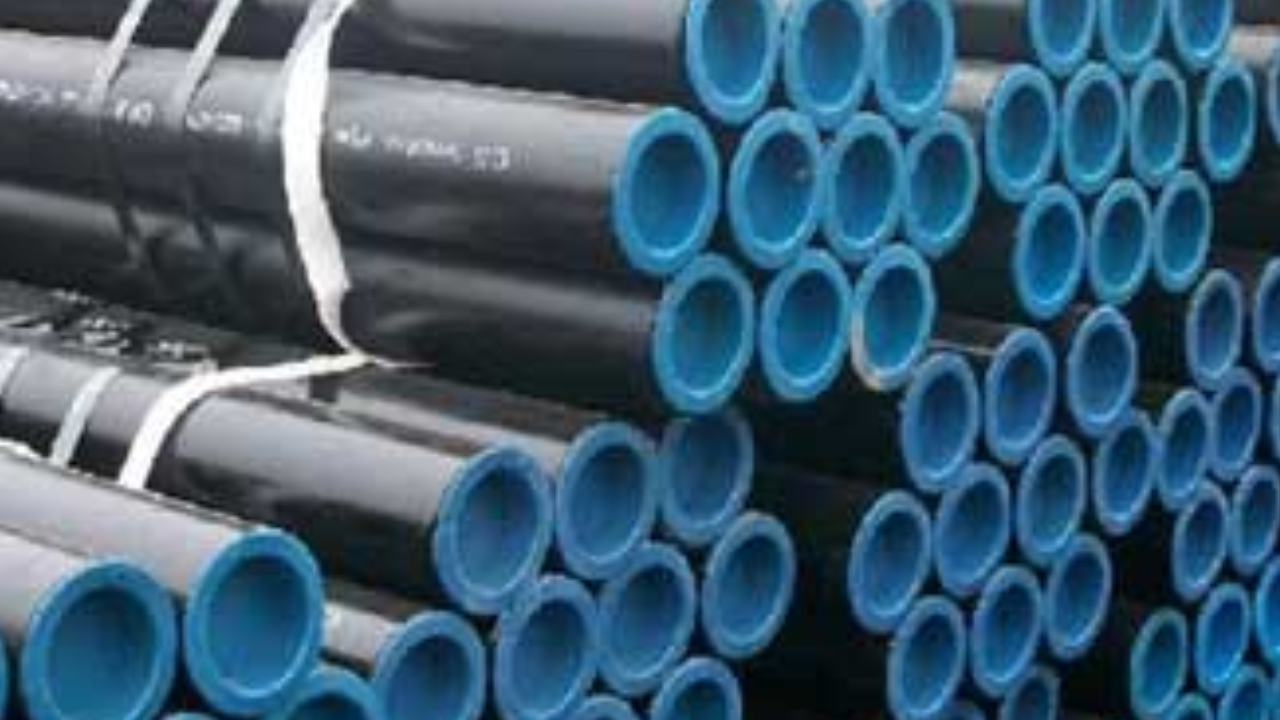To understand the strong protective measures used inside the production of metallic pipes, it's miles critical to apprehend the introduction of galvanization strategies that enhance corrosion resistance in ASTM A53 pipes via creating a strong zinc coating on the steel floor with the aid of galvanization, extra specially, warm-dip immersion in molten zinc, corrosive factors are avoided from negative the metal.
This overview explores the significance of zinc coating thickness, floor education, and alloying components in strengthening corrosion resistance through the exam of those fundamental elements, we need to shed light on the extensive contribution galvanization makes to the prolongation of astm a53 pipe carrier existence, ensuring robustness and dependability in several commercial settings.
Why Prefer ASTM A53 Pipes?
Numerous sectors prefer ASTM A53 pipes for some robust reasons. Their overall performance is dependable and regular on account that they follow strict fine requirements these pipes are made to satisfy particular mechanical and chemical parameters following ASTM standards, ensuring structural integrity and sturdiness.
In critical programs like water distribution, oil and gas transportation, and structural frameworks, where any fabric fine compromise may have disastrous consequences, this dependability is extremely crucial.
Due to the fact ASTM A53 pipes are available in each seamless and welded variant, they offer a wide variety of applications. For excessive-pressure settings and essential infrastructure projects where sturdiness and dependability are important, seamless pipes are ideal but, welded pipes provide flexibility in layout and cost-effectiveness.
Role of the Galvanizing Process
Given factors show the role of the galvanizing process in enhancing corrosion resistance in ASTM A53 pipe:
Hot-Dip Galvanization
ASTM A53 pipes are carefully immersed in a zinc tub for the duration of the recent dip galvanization procedure. As a result, the provider lifestyles of the pipes are prolonged and a good and sturdy coating is produced, cautiously adhering to the steel floor and offering unequaled protection in opposition to corrosion.
Thickness of Zinc Coating
The potential of ASTM A53 pipes to resist corrosion is considerably encouraged by the thickness of their zinc coating whilst pipes have the right thickness, they're extra durable and guard the structural integrity of the pipes from outside elements like moisture, chemical substances, and abrasion.
Surface Preparation
For ASTM A53 pipes, cautious floor training strategies are required before galvanization. Any pollutants or impurities are removed through rigorous washing and treatment, ensuring a spotless surface that promotes great adherence to the zinc coating the idea for long-lasting corrosion resistance and structural balance is laid by using this careful guidance.
Alloying Elements
ASTM A53 pipes' corrosion resistance is multiplied by the deliberate addition of alloying factors to the zinc coating collectively, those additives toughen the coating and increase its resistance to corrosive chemical substances found in a spread of working situations, extending the lifespan and average sturdiness of the pipes.
Environmental Factors
The corrosion resistance of ASTM A53 pipes can be substantially impacted with the aid of an extensive variety of environmental stresses strong corrosion safety methods are essential to save you from degradation and guarantee continued performance over the path of its working lifespan due to factors inclusive of temperature variations, exposure to corrosive chemical substances, and ambient humidity.
Inspection
To preserve the corrosion-resistant efficacy of ASTM A53 pipes, diligent maintenance, and habitual inspection approaches are crucial common tracking helps perceive corrosion and structural abnormalities early on, allowing for prompt substitute or recoating of affected components to lessen risks and make bigger carrier life.
Evaluation of Galvanization Strategies
A thorough analysis of the numerous galvanization processes, such as electroplating, sherardizing, and warm-dip galvanization, offers facts approximately the corrosion resistance traits of every ASTM A53 pipe. Through an evaluation of the benefits and drawbacks of each approach, interested parties might also decide how best to maximize corrosion prevention plans that meet the demands of precise programs.
Ending Talk
The galvanization strategies used inside the manufacturing of ASTM A53 pipes offer strong corrosion resistance, which is vital for ensuring sturdiness and dependability in the diffusion of programs via rigorous surface training, alloying, and coating thickness management, these approaches improve the pipes in opposition to environmental deterioration, shielding infrastructure investments and encouraging sustainable operations.


